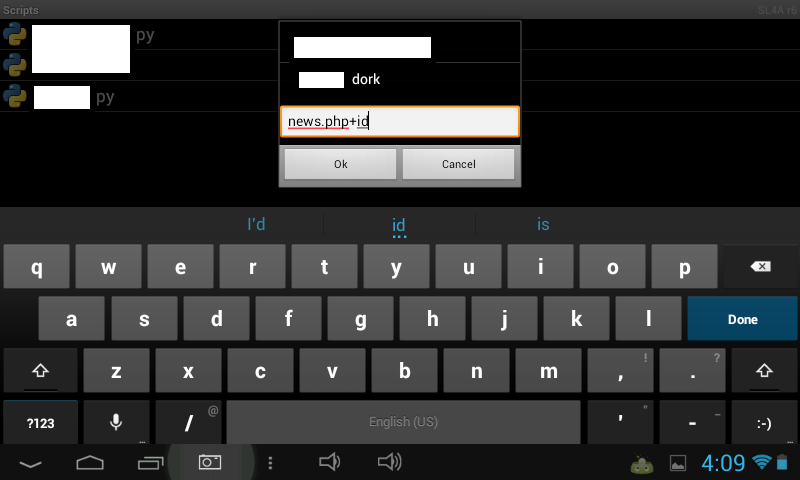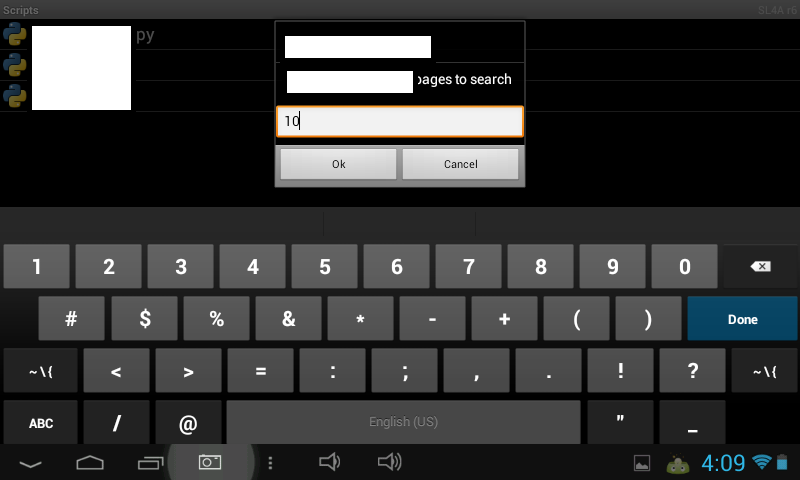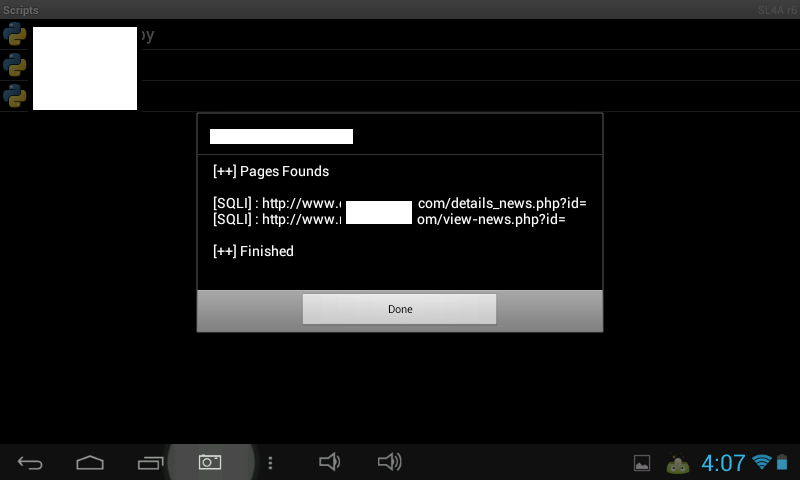Trojans that encrypt user files and try to
extort a ransom from the victim in exchange for a decryptor utility are
nothing new: in fact, they have been around for several years. These
“Filecoders”, as we call them, are a prevalent category of ransomware,
the other common type of ransomware being lockscreen scareware –
ransomware that locks your desktop, displays a massage designed to look
as it comes from local law-enforcement and, again demands a payment in
order to regain access to your computer.
The reason why we’re bringing up this old issue is that
we’ve noted a significant increase in Filecoder activity over the past
few summer months and in this blog post we hope to address the many
questions we’re getting about this issue.
Statistics
ESET LiveGrid® telemetry shows us that the weekly number of
Win32/Filecoder detections have risen by over 200% since July 2013 from
the average numbers in January through June 2013.
The country most affected by these malware families is Russia, but
spreading campaigns are active around different parts of the world:
Infection Vectors
As is the case with other trojan families, cybercriminals
using the Filecoder ransomware have a number of different methods of
getting the malware onto victims’ system:
-
Through drive-by downloads from malware-laden websites
-
Through e-mail attachments
-
Installation by another trojan-downloader or backdoor (see 1st example scenario below)
-
Manual installation by the attacker through RDP infiltration (see 2nd example scenario below)
-
Other common infection vectors
In one infection scenario, we have seen
Win32/Filecoder.Q (and later also
Win32/Filecoder.AA and
Win32/Filecoder.W) spread through backdoors, such as the Poison-Ivy
R.A.T.
In this scenario, the victims were sent the Poison-Ivy backdoor through
email and if they were duped into executing the malware, it would
contact a C&C server and wait for commands. The attacker would then
send the Filecoder trojan to the infected machine, which would not be
saved as a file to the hard drive, but run only in memory.
We have also seen different cases, when the attacker managed to install Filecoder ransomware onto the system manually through
compromised Remote Desktop Protocol (RDP) credentials.
We don’t have enough information as to how the “break in” occurred –
exposed RDP ports, an existing infection with a keylogger, or
bruteforcing a weak password are just some possible explanations. What’s
important, though, is that in such a case the attacker can gain full
access to the targeted machine just as if he was sitting behind the
desk, disabling any antivirus protection and doing whatever they please,
including installing malware.
In some of these cases, manual installation is also needed
due to the fact that some variants require some “user interaction”, e.g.
setting the encryption password.
Encryption Techniques
As mentioned in the introduction, this type of ransomware
is more “dangerous” than the widespread ‘police’-ransomware category, as
it also encrypts the victim’s files – usually pictures, documents,
music and archives. A wide range of techniques and levels of
sophistication has been seen in different variants over time:
Different encryption methods are used:
…and also the encryption keys can be:
-
Hard coded in the binary
-
Entered manually (by command-line or through a dialog box, when the attacker has RDP access to the infected machine)
-
Randomly generated (using various random-functions) and sent to the attacker
Some active examples
A Filecoder family that has been spreading via RDP and has
noticeably improved its tactics over time also uses scareware tricks and
introduces itself as an “Anti-Child Porn Spam Protection” message or as
being from the “ACCDFISA” (“Anti Cyber Crime Department of Federal
Internet Security Agency”) – no such agency exists, of course. A
comprehensive write-up of different versions can be found on
Emsisoft’s blog. Although this particular variant, detected by ESET as
Win32/Filecoder.NAC, has been around for quite a while, it is still active in the wild.
This trojan also stands out because of the amount of money
it asks for. While other samples in this malware category usually
request sums around 100 – 200€, Win32/Filecoder.NAC has been seen
extorting up to 3000€. The high amount is consistent with the fact that
the attacker usually targets businesses that can usually afford to pay
higher ransoms than individuals.
Win32/Filecoder.BH,
also known as DirtyDecrypt, features an interesting method of
displaying the ransom notice to the user. During the encryption cycle
the content of image files, as well as documents, is overwritten with
the notice followed by the encrypted original bytes.
Another
recent variant, Win32/Filecoder.BQ, tries to put the victims under
pressure by displaying a countdown timer showing how long it will be
before the encryption key is permanently deleted. Interestingly, victims
are given the option to pay the ransom with Bitcoins, along with usual
ransomware payment methods like MoneyPak or Ukash. More details on this
variant can be found in ESET’s Threat Encyclopedia entry:
Win32/Filecoder.BQ.
Some Filecoder variants are even built by using a special builder
utility, similarly to banking trojan builders sold on underground
forums. The builder allows the attacker to select what file types are to
be encrypted, the desired encryption method, displayed ransom message,
and so on.

A few words of advice
In some cases, when the Filecoder uses a weak cipher, or a
faulty implementation, or stores the encryption password somewhere to be
recovered, it may be possible to decrypt the files. Unfortunately, in
most cases, the attackers have learned to avoid these mistakes and
recovering the encrypted files without the encryption key is nearly
impossible.
If remote access to a computer is required, proper security
measures must be taken, RDP should not be open to the public Internet
and a VPN with
two-factor authentication should be used.
It is also a good idea to password-protect your
anti-malware software’s settings to prevent them from being altered by
an attacker.
The
general computer security advice about being cautious and keeping your
anti-virus and all software up-to-date applies, of course, but in this
case, most importantly:
backup regularly!







